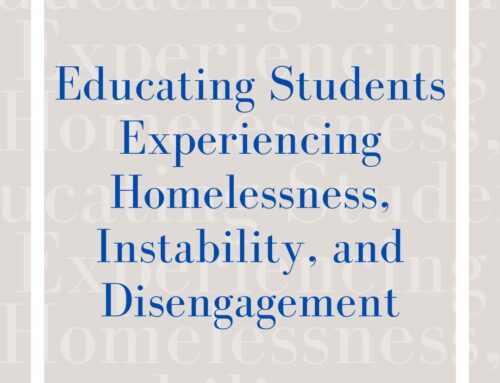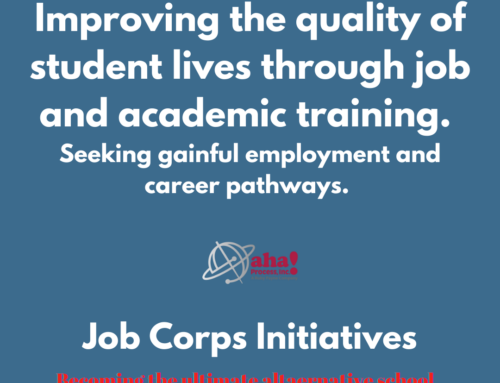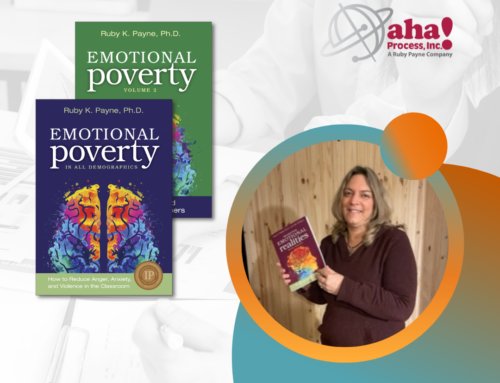As my students prepare to take the Texas Assessment of Knowledge and Skills (TAKS) reading test, I decided to take another stab at the question-writing strategy. In addition to regular language arts, I also teach a TAKS reading remediation class. I have attempted this strategy with them and have not had success due to low levels of interest and student unwillingness. I decided to try it with all of my language arts classes this time. I chose a high-interest story that wasn’t too long for their first attempt.
I have found that it is very important to explain clearly the objectives that the state has created for them so they know exactly what is expected and why certain questions are asked. This seems obvious to me now, but I never heard that as a student, and it didn’t occur to me to show them the objectives directly until this semester. I also gave each student a list of question stems specifically used in the TAKS and grouped by objective. They were relieved to see that they were familiar with all of them, and they went straight to work creating a test.
To begin, I had each student write only one question from each objective. This was a small, achievable goal, and they could choose any question stem from each objective. Some of the students who are normally reluctant in class jumped into writing their own test, and it made me smile to see their glee at getting to write a test question instead of having to answer it.
Of course, they weren’t stopping to think that they are answering assessment questions! Watching the students work and working with them, I see that this strategy is so effective because not only do the students have to answer the question, they have to consider all the ways they might go off-course and answer it incorrectly. Since the question stems are provided, the questions they create are generally effective. The students feel some control at being able to write the questions they answer, but the critical thinking skills are already built into the question stems. One student was purposely choosing question stems he knew he had a hard time with in hopes that his friends would have to answer them.
I was surprised by how well this worked as a teaching technique this time, and now that I have learned some lessons, I will implement it again in my remediation class. I look forward to sharing how this has impacted the scores in my classroom after our next full assessment.








